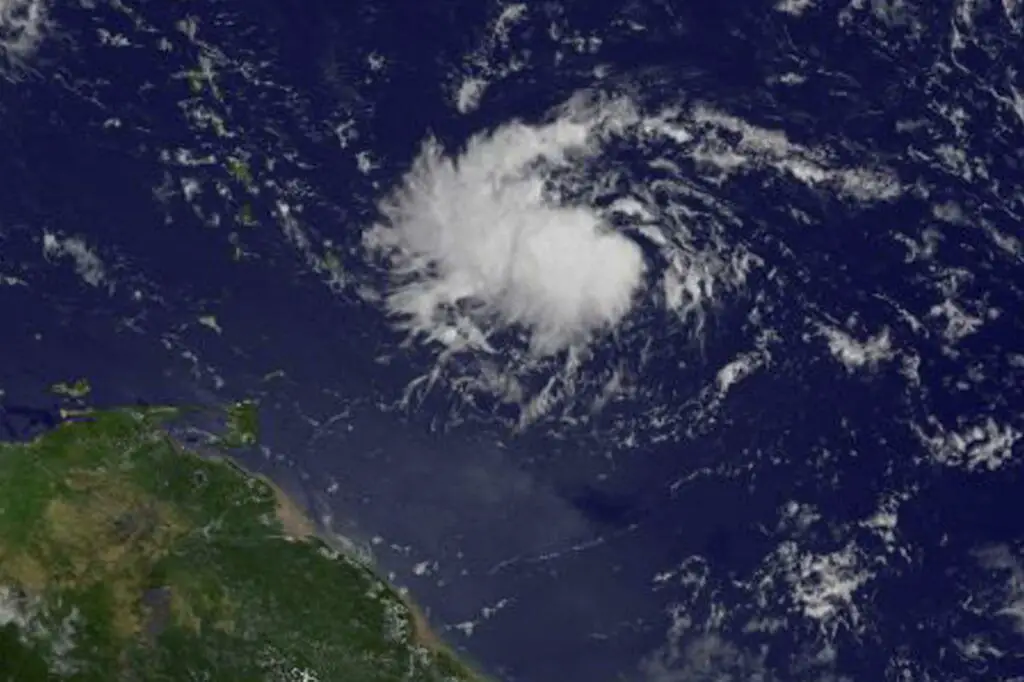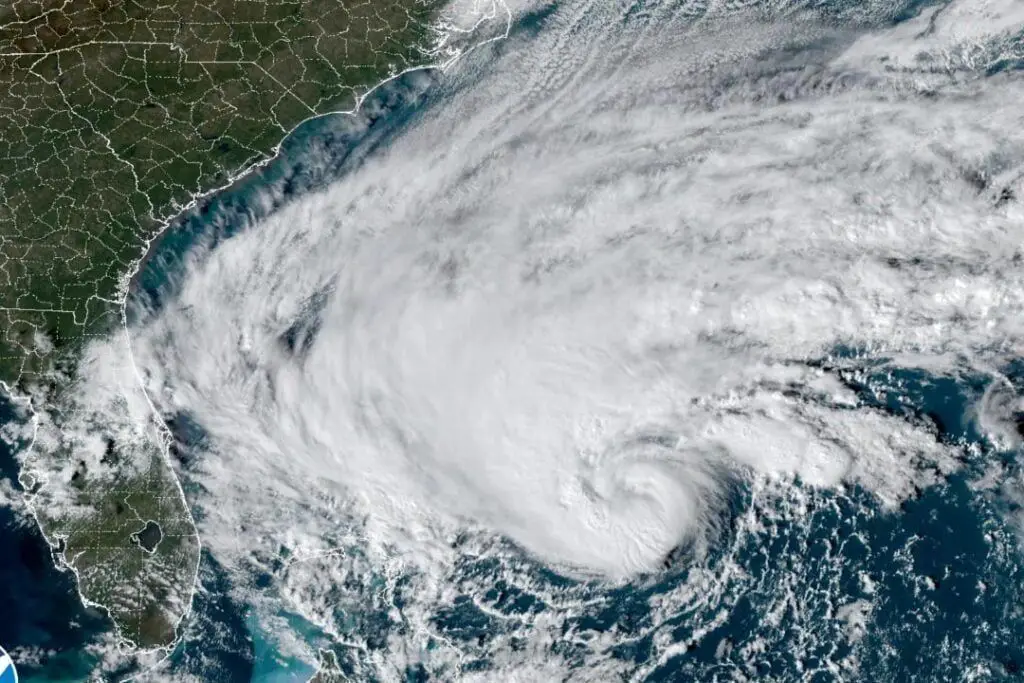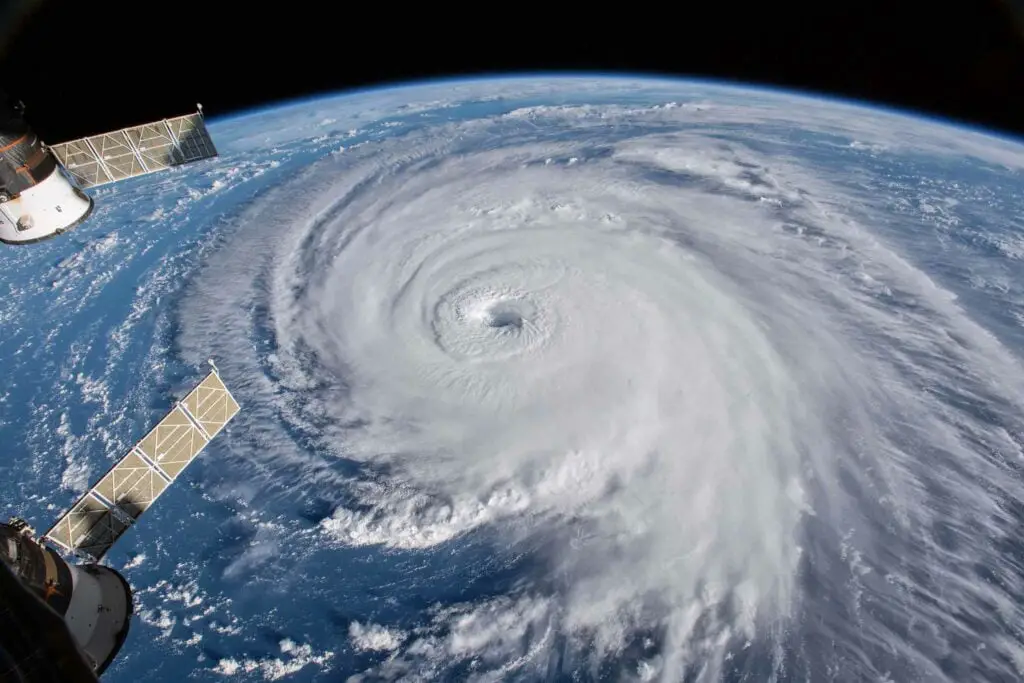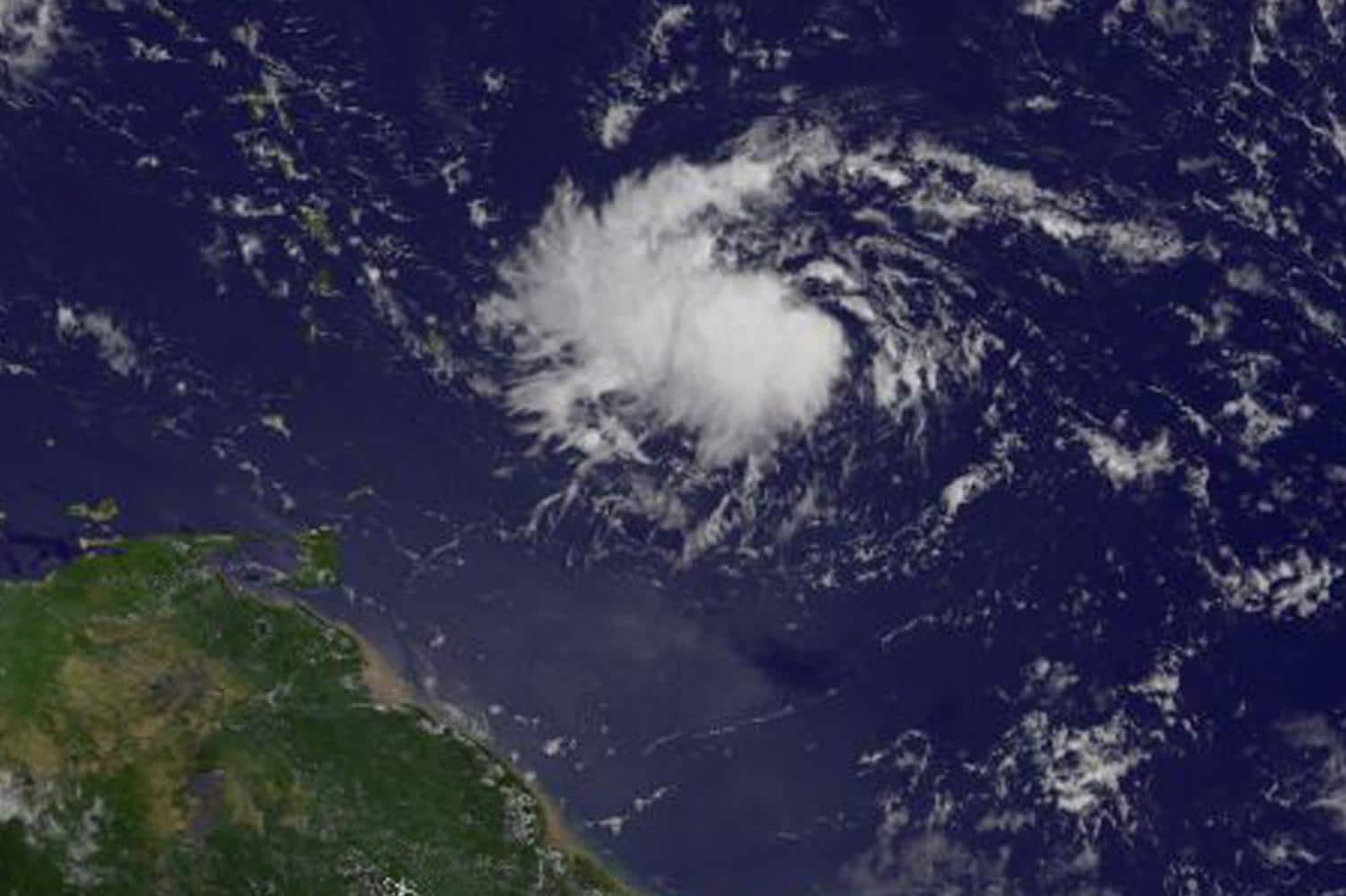Mother Nature possesses both awe-inspiring and terrifying forces, and among them are tropical cyclones. These powerful storm systems, ranging from tropical depressions to devastating hurricanes, have the potential to wreak havoc on coastal communities. This blog discusses hurricane formation from a tropical wave to a powerful hurricane.
Tropical cyclones are large, rotating storm systems that form over warm ocean waters in tropical regions. They are characterized by low atmospheric pressure, strong winds, and heavy rainfall. Depending on their location, they are referred to as hurricanes (Atlantic and Eastern Pacific), typhoons (Western Pacific), or simply cyclones (Indian Ocean and South Pacific). These storms can cause immense damage to coastal communities through flooding, high winds, and storm surges.
Tropical Waves: Hurricane Formation Starts Here
Before delving into the differences between hurricanes, tropical storms, and tropical depressions, it is essential to understand tropical waves, which often serve as the precursor to these more intense weather phenomena.
Tropical waves, also known as a tropical disturbance, are clusters of clouds and thunderstorms that form in the tropics in warm ocean water (typically above 80F) and move from east to west, driven by trade winds. These disturbances often occur over the Atlantic Ocean, originating off the coast of Africa near the equator and traveling westward towards the Caribbean, Central America, or the United States.
Though tropical waves can produce heavy rainfall and gusty winds, they do not possess tropical cyclones’ closed circulation and organized structure. However, they act as the “seed” for tropical cyclones, providing energy and moisture that can lead to a tropical depression. In some cases, tropical waves may intensify and transition into tropical depressions, which can then evolve into tropical storms and hurricanes. Meteorologists closely monitor these disturbances, as they can provide early indications of potential tropical cyclone development.
Tropical Depression: The Beginning Stage

A tropical depression is the initial stage of a tropical cyclone, with wind speeds of 38 miles per hour (mph) or less. These weather systems are formed when a cluster of thunderstorms converges over warm ocean waters, leading to a low-pressure area with a closed circulation of winds. While tropical depressions may cause heavy rainfall and localized flooding, they are generally less destructive than their more advanced counterparts.
Tropical Storm: The Intermediate Stage

When a tropical depression’s wind speeds increase and range between 39 and 73 mph, it becomes a tropical storm. Meteorological organizations give these storms names, which helps with communication and tracking. Tropical storms can cause more significant damage than tropical depressions, as their stronger winds and heavier rainfall can lead to flooding, landslides, and even tornadoes in some cases.
Hurricane: The Most Intense Stage

Once a tropical storm’s wind speeds reach 74 mph or higher, it becomes a hurricane. Hurricanes are classified into five categories based on their wind speeds, using the Saffir-Simpson Hurricane Wind Scale:
- Category 1: 74-95 mph
- Category 2: 96-110 mph
- Category 3: 111-129 mph (major hurricane)
- Category 4: 130-156 mph (major hurricane)
- Category 5: 157 mph or higher (major hurricane)
Major hurricanes (categories 3, 4, and 5) are the most destructive, with the potential to cause catastrophic damage through storm surges, flooding, and high winds. They can devastate coastal communities, destroy infrastructure, and disrupt ecosystems.
Weathering the Storm: Preparedness and Safety
Understanding the differences between hurricanes, tropical storms, and tropical depressions is essential in staying informed and prepared during storm seasons, especially when a tropical storm or hurricane watch is issued. Following updates from meteorological agencies and local authorities is crucial, and heed evacuation orders when necessary. Proper preparedness, including having an emergency kit, knowing evacuation routes, and creating a family communication plan, can make a significant difference in staying safe during these powerful weather events.
Wrapping Up
Hurricanes, tropical storms, and tropical depressions are all tropical cyclones, with each stage representing an increase in intensity and potential damage. By understanding these differences, you can better appreciate the power of nature and the importance of staying prepared and informed during tropical cyclone seasons. Stay safe, and respect the force of these awe-inspiring weather phenomena.


